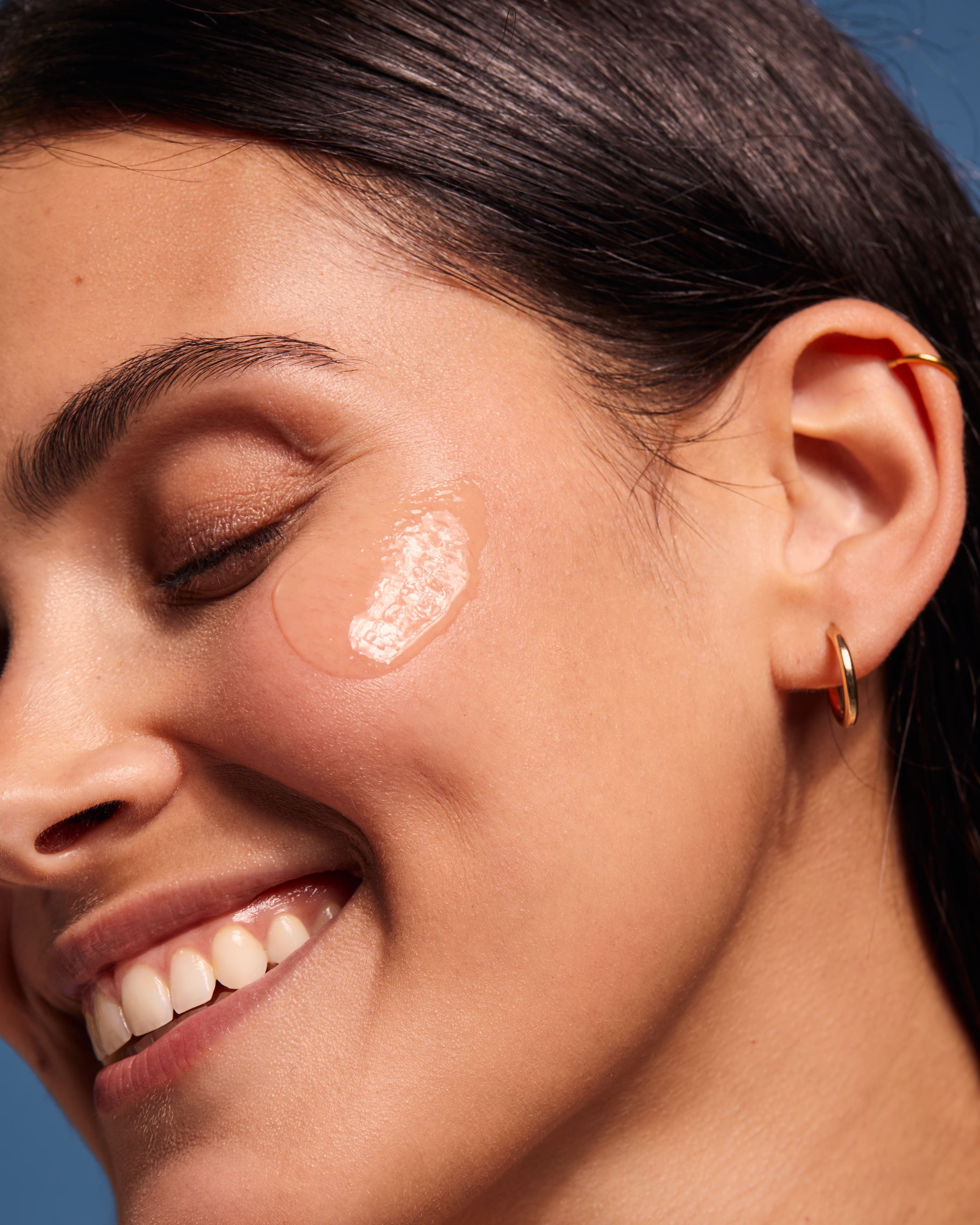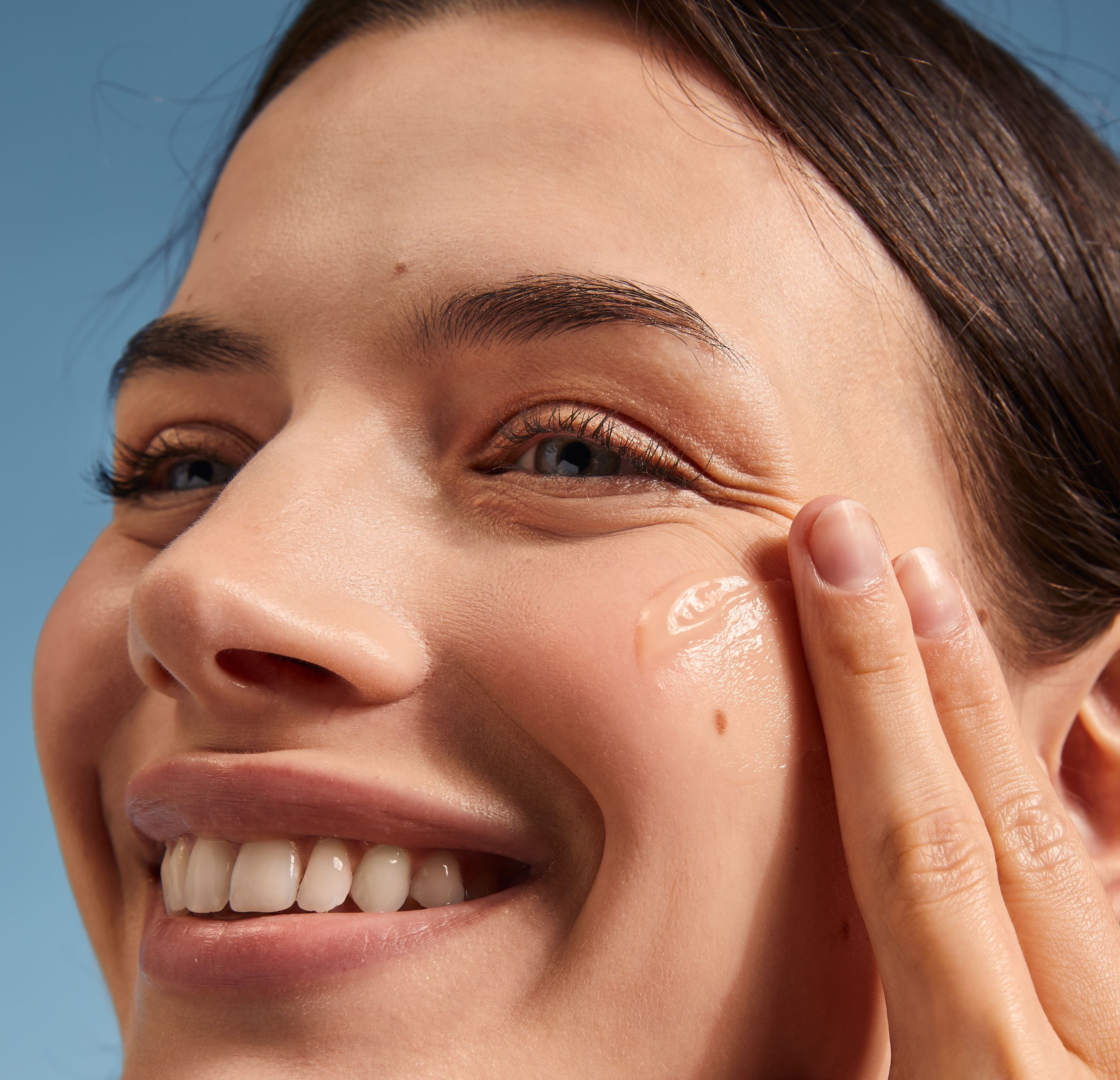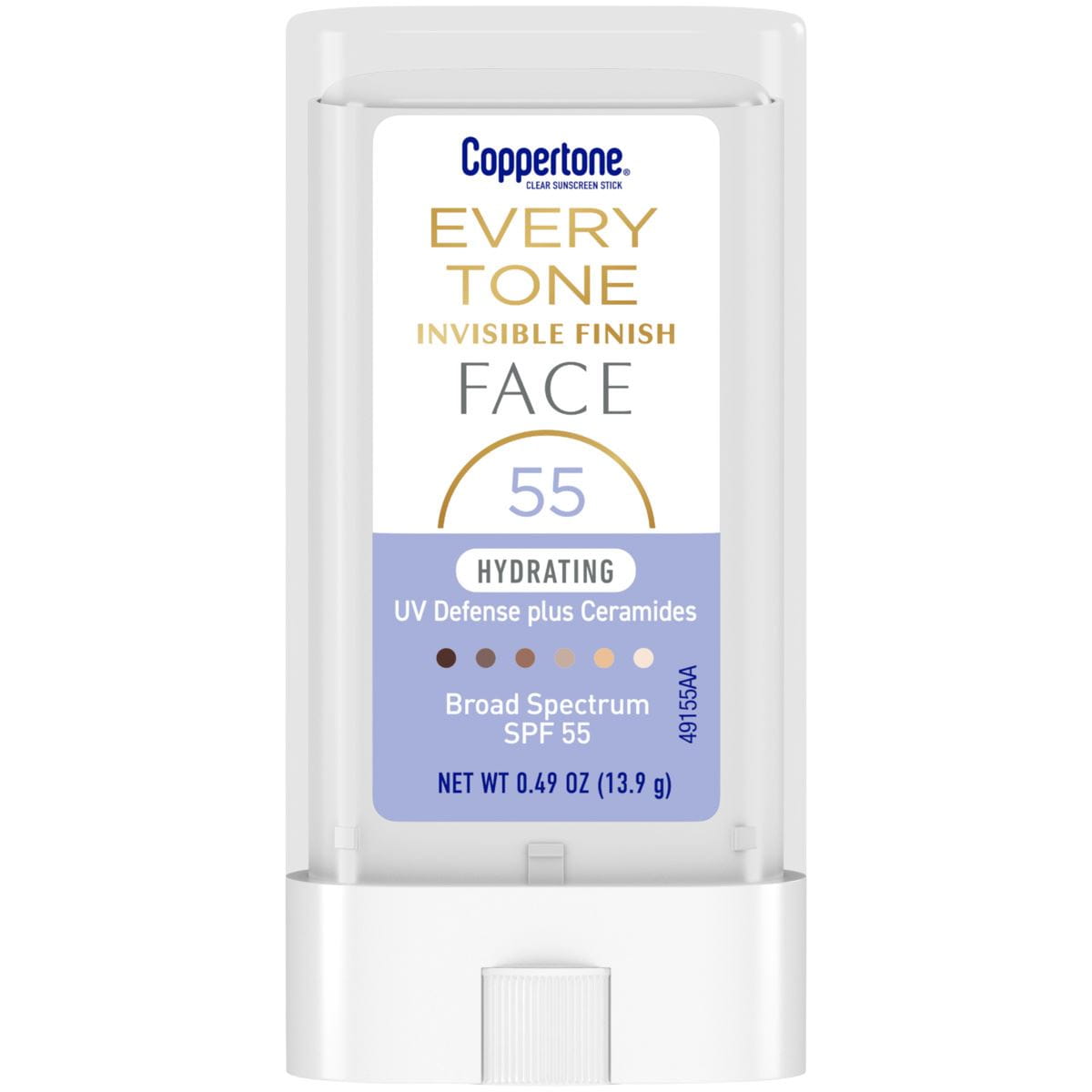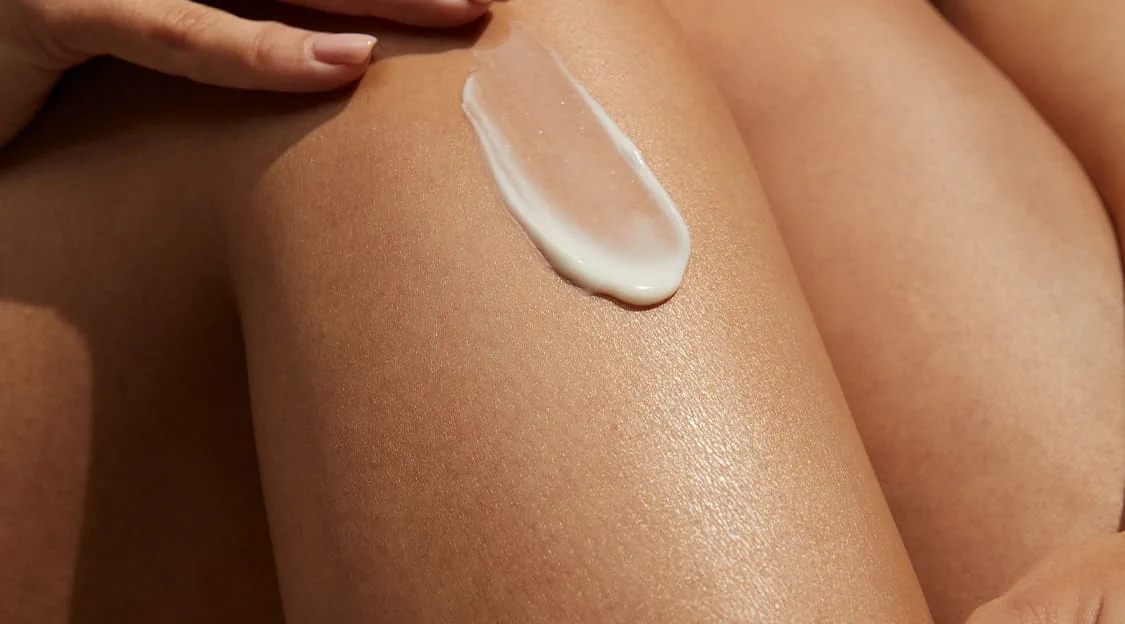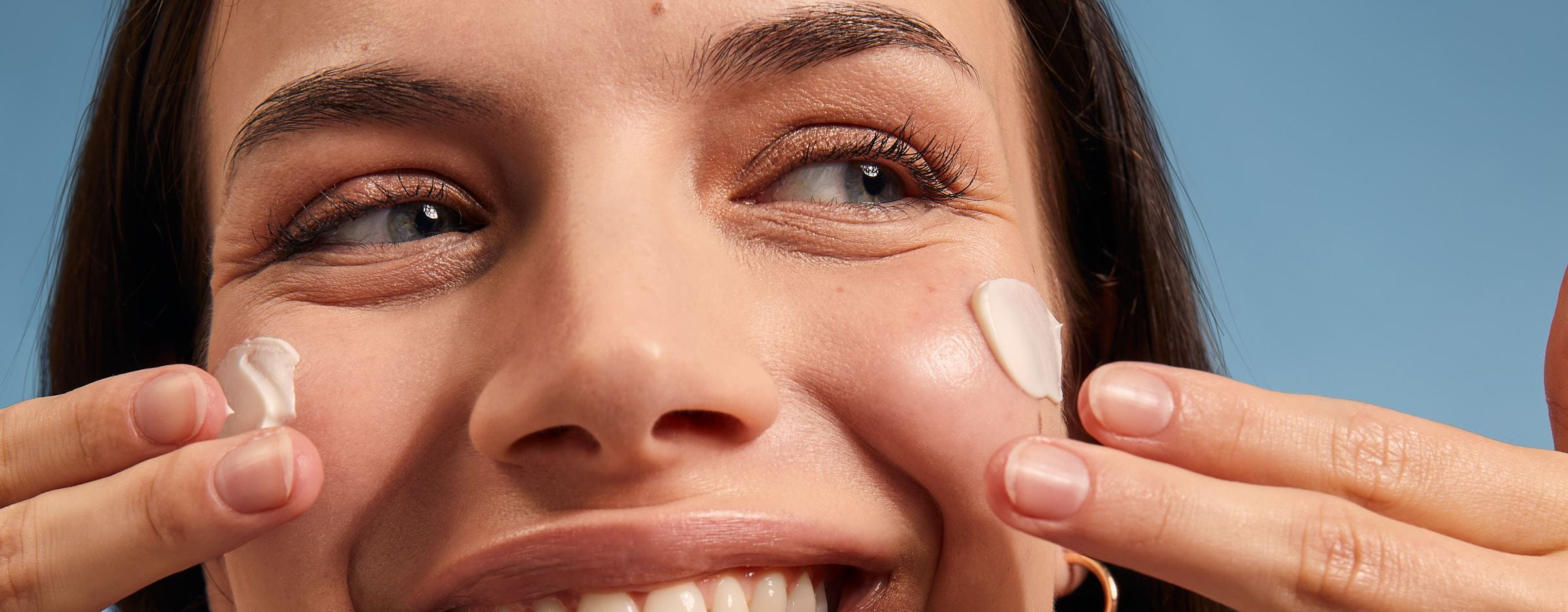
How to apply sunscreen properly: when & how much to use?
Stay protected from UV rays by learning how much sunscreen to use, when/how to apply it, whether to apply it before or after moisturizer & more.
Sunscreen use
All sunscreens should come with specified instructions on how to use them. For best application, always follow these instructions. The following information is intended as a general guide only for different uses and how to apply sunscreen, but where possible you should always follow instructions on packaging. This can be found in the Drug Facts box.
How to apply sunscreen in 3 simple steps
How much sunscreen should you use?
It’s recommended that you use at least 30ml (about 1.01 oz) of sunscreen - just slightly more than a shot glass – to cover the entire body for an adult.
You may also be wondering how much sunscreen to use on your face. A good rule of thumb is to use two fingers’ length of sunscreen on the face, and to gently tap it in instead of spreading it.
Now you know how much sunscreen to apply, you may be wondering when and how often you should apply it.
You may also be wondering how much sunscreen to use on your face. A good rule of thumb is to use two fingers’ length of sunscreen on the face, and to gently tap it in instead of spreading it.
Now you know how much sunscreen to apply, you may be wondering when and how often you should apply it.
How often should you apply sunscreen?
It is advisable to use sun protection every day even if the weather is cloudy. This is why it is good to include SPF in your daily skincare routine. This will get you in the habit of applying a protective layer every day. You can do so by using a moisturizer with SPF or rounding off your routine with a face sunscreen.
How often should you reapply sunscreen?
When to apply sunscreen
Should you apply sunscreen every day?
You should apply sunscreen every day your skin is exposed to the sun. The sun’s harmful UV rays are always present, so to minimize the risk of skin damage, always apply sunscreen to any exposed areas of the body.
Applying it to your face is particularly important: “Your face is exposed to the sun every day even if it’s cloudy or cold. Therefore, it needs special, reliable protection against UVA and UVB rays,” explains Beiersdorf’s Dr. Göddertz.
Applying it to your face is particularly important: “Your face is exposed to the sun every day even if it’s cloudy or cold. Therefore, it needs special, reliable protection against UVA and UVB rays,” explains Beiersdorf’s Dr. Göddertz.
What goes first, sunscreen or moisturizer?
Sunscreen should be applied after moisturizer. “Apply your facial sunscreen after the day care to protect your sensitive facial skin from signs of premature aging like wrinkles or pigment spots.” Advises Beiersdorf’s Dr. Göddertz.
Do you put sunscreen on before or after makeup?
Can you use sunscreen as a moisturizer?
Yes, although it’s best not to use it as a substitute. Moisturizers are purpose made for hydrating skin; sunscreen can as well but this is usually a secondary feature.
It also depends on whether your sunscreen is formulated for a specific skin type. For example, a sunscreen formulated for oily skin will be lighter, and so you should use a moisturizer too otherwise your skin may not be sufficiently hydrated.
It also depends on whether your sunscreen is formulated for a specific skin type. For example, a sunscreen formulated for oily skin will be lighter, and so you should use a moisturizer too otherwise your skin may not be sufficiently hydrated.
How to apply sunscreen on your own back
Summary
Proper sunscreen application is vital for effective sun protection, always follow packaging instructions for use. Ensure even coverage on all exposed skin, including neglected areas like ears and neck. Always follow the products instructions in the Drug Facts box and reapply at least every two hours, opt for lightweight formulas under makeup, and consider spray-on options for hard-to-reach areas like the back. Following these steps and other sun safety measures can help minimize the risk of sun-induced skin damage.
